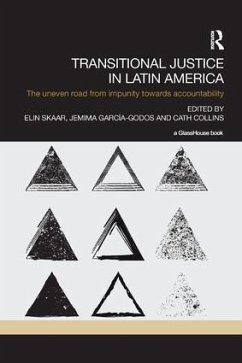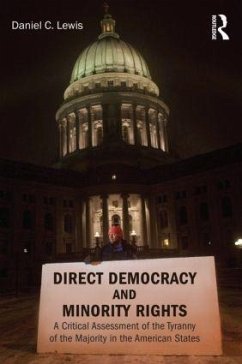
Constructing Genocide and Mass Violence
Society, Crisis, Identity
Versandkostenfrei!
Versandfertig in über 4 Wochen
58,99 €
inkl. MwSt.
Weitere Ausgaben:

PAYBACK Punkte
29 °P sammeln!
This work seeks to address two closely related questions, what is the process by which the relatively short and violent genocides of the twentieth century and beyond have occurred and why have these instances of mass violence been genocidal and not some other form of state violence, repression, or conflict?














